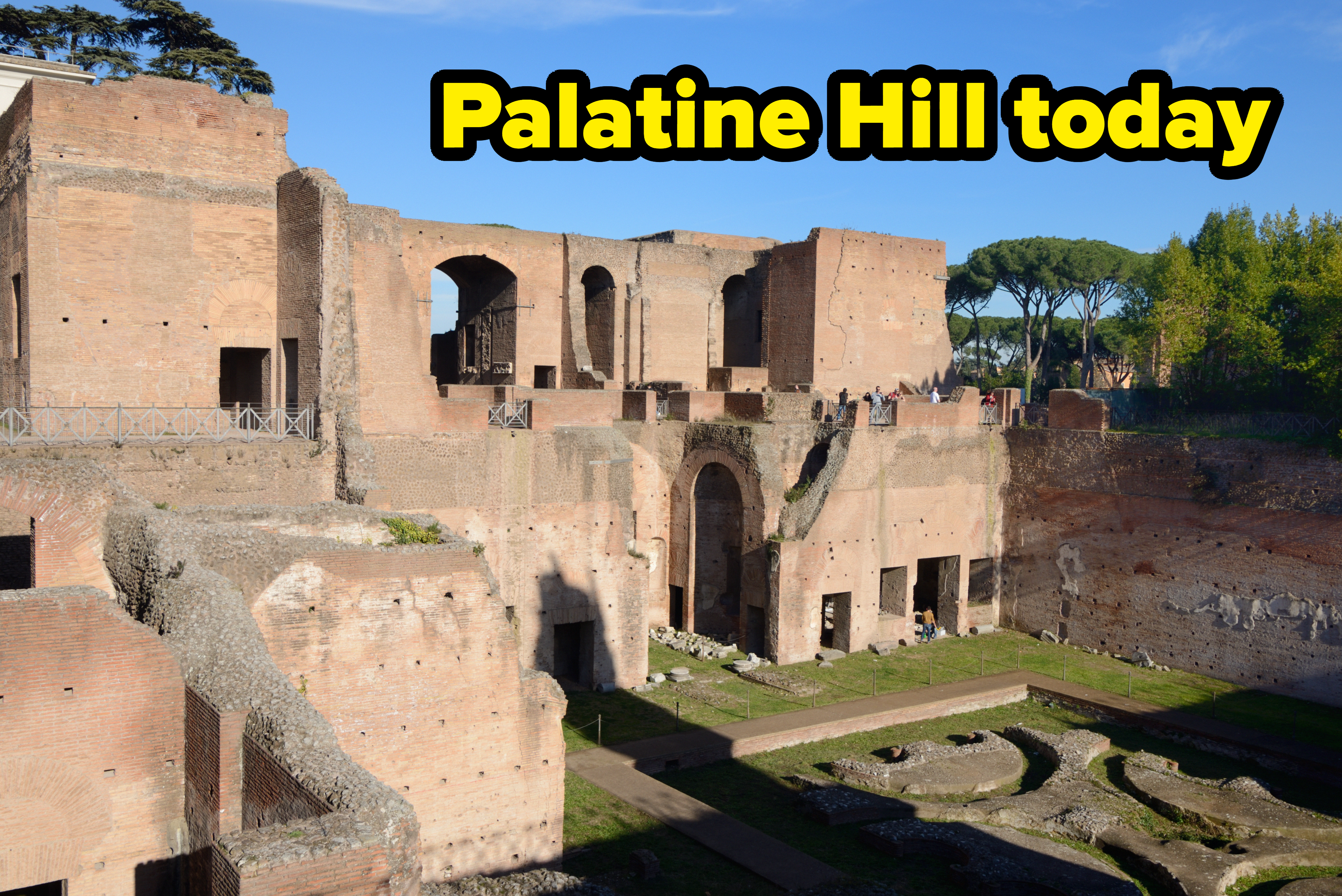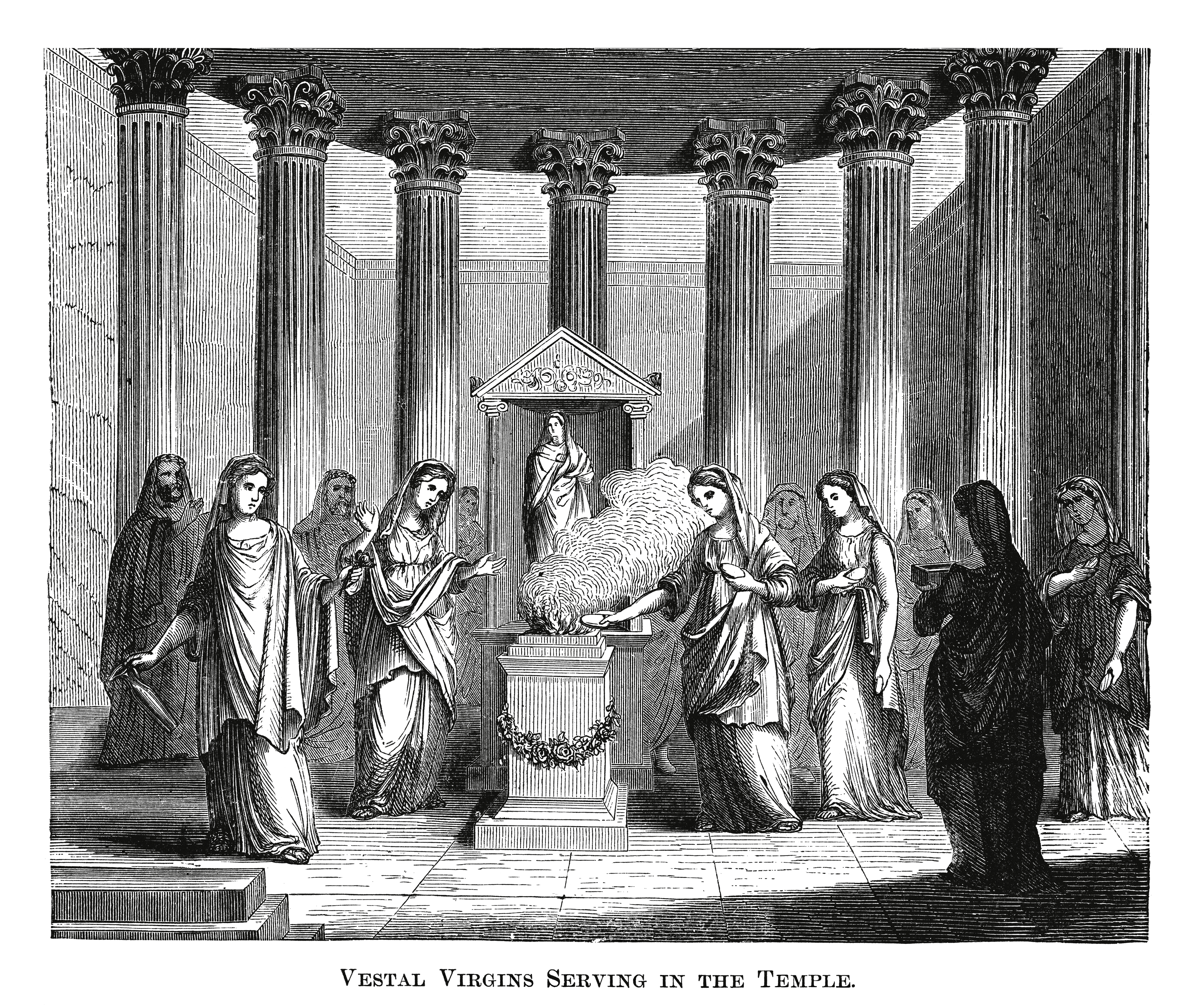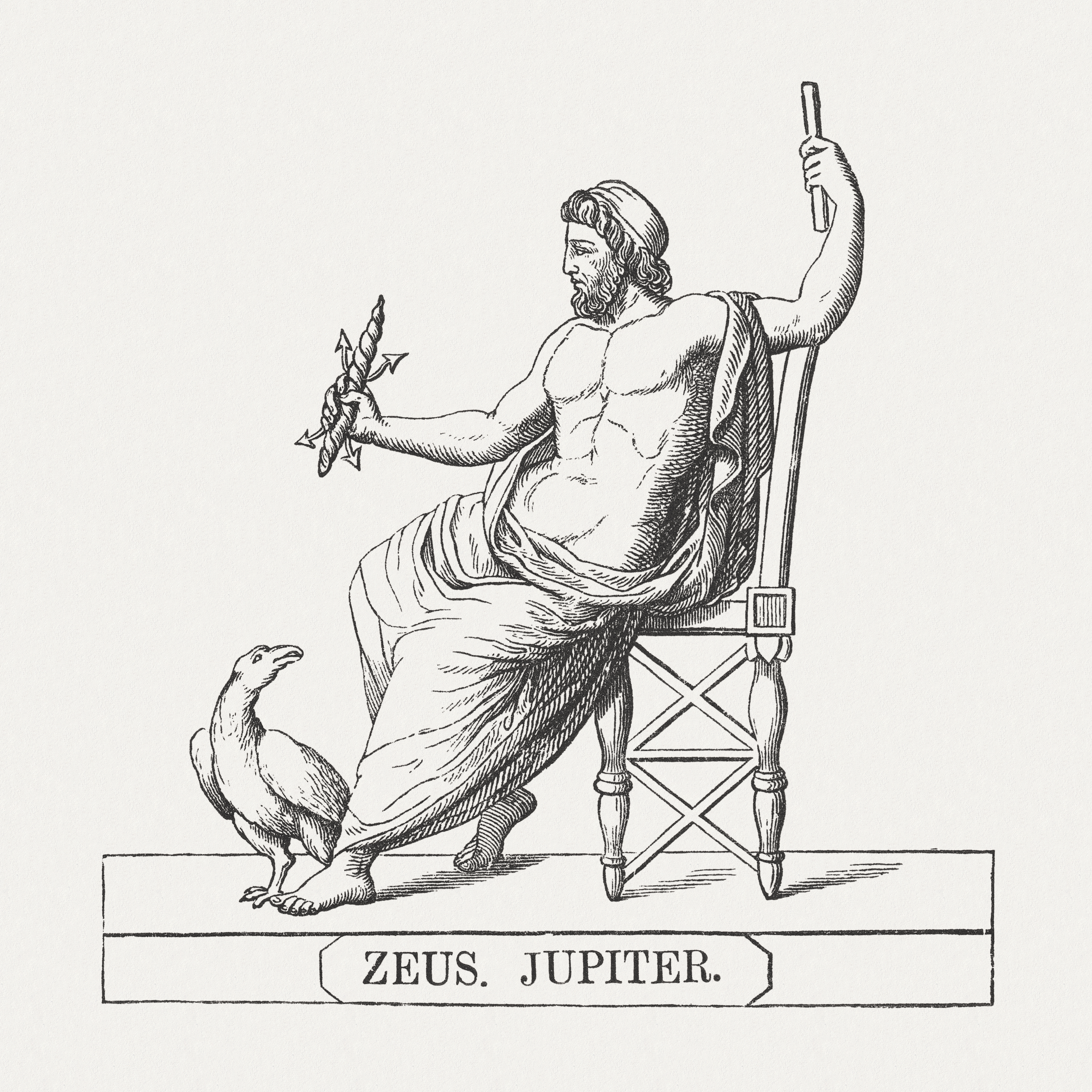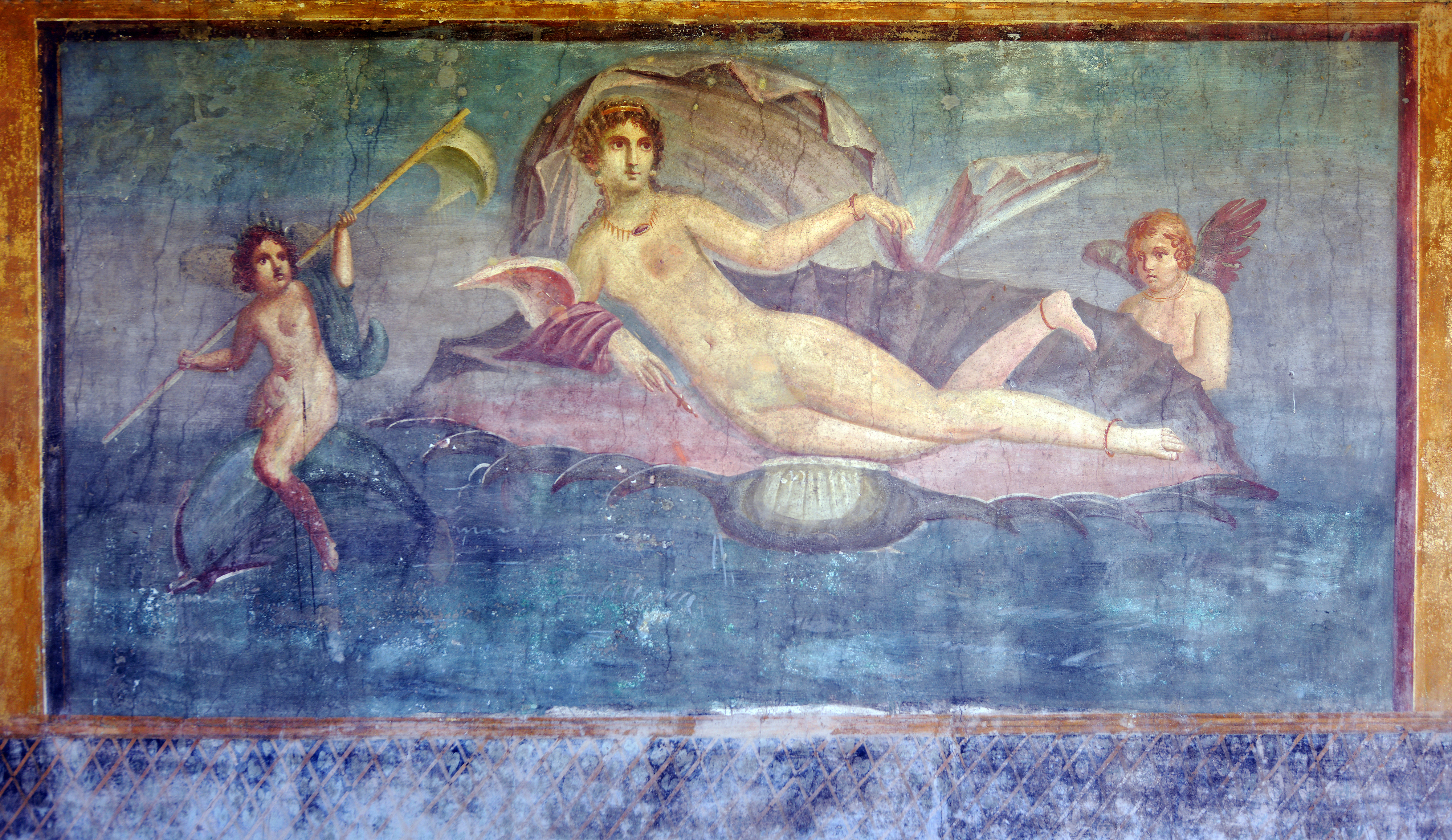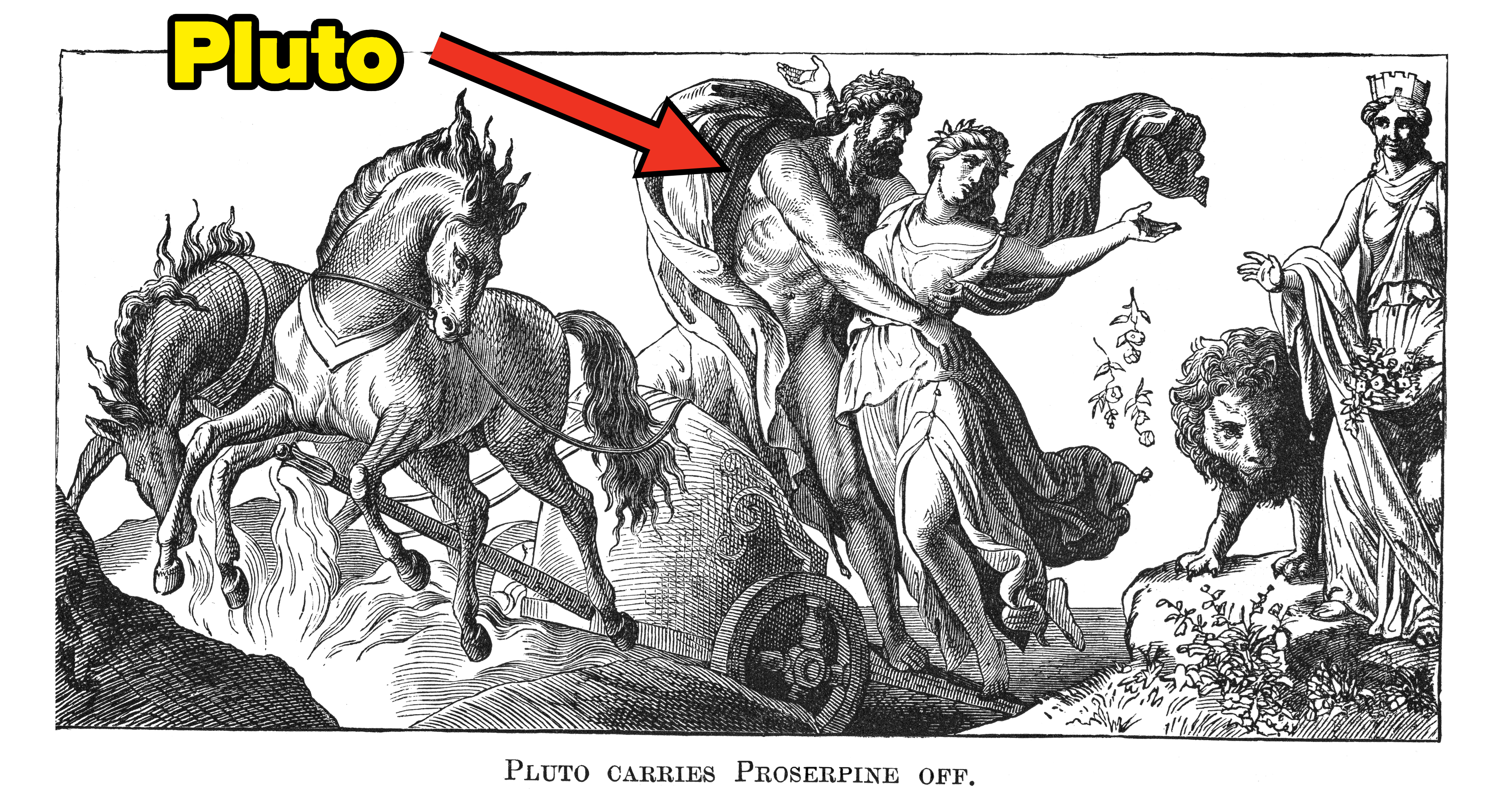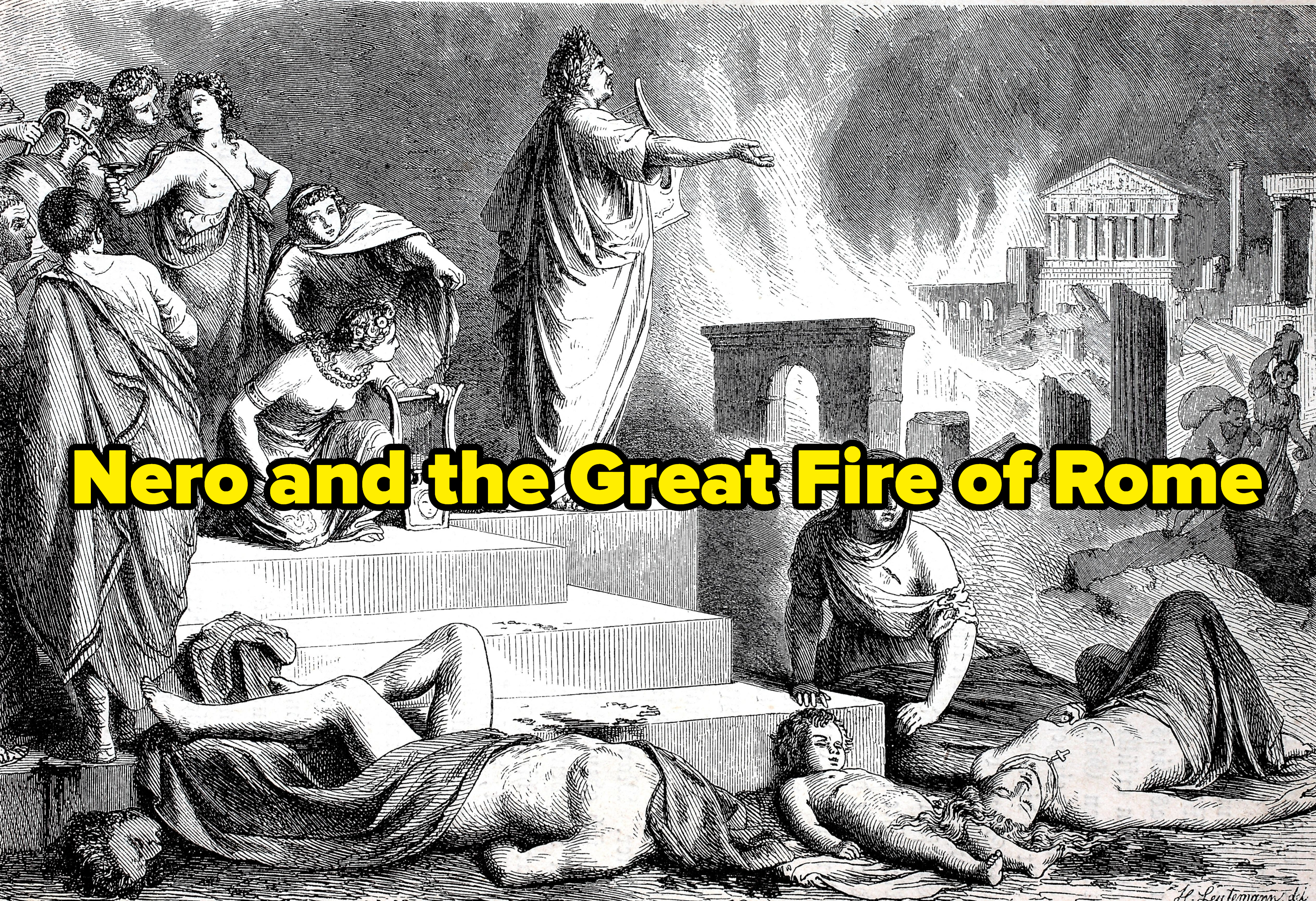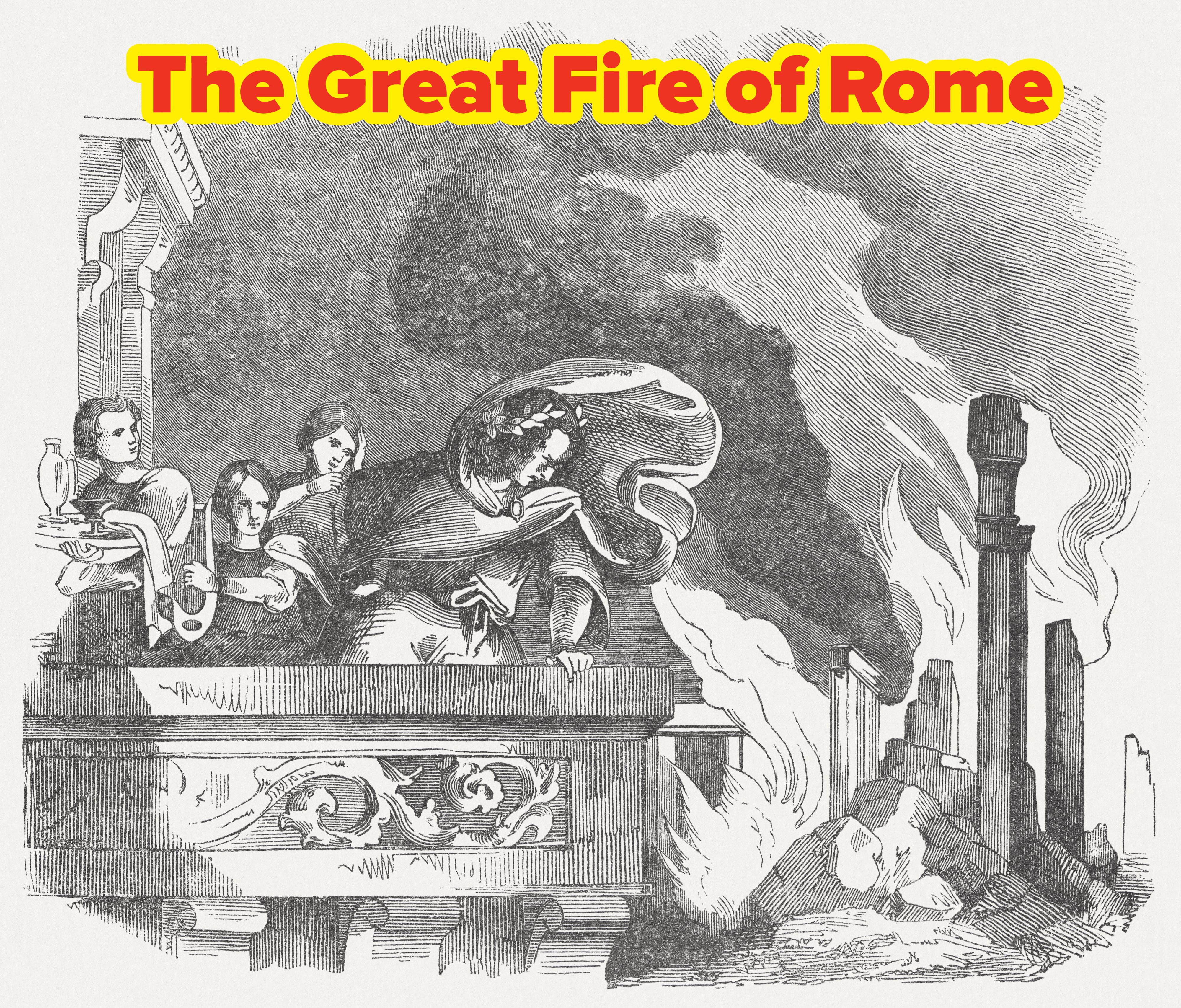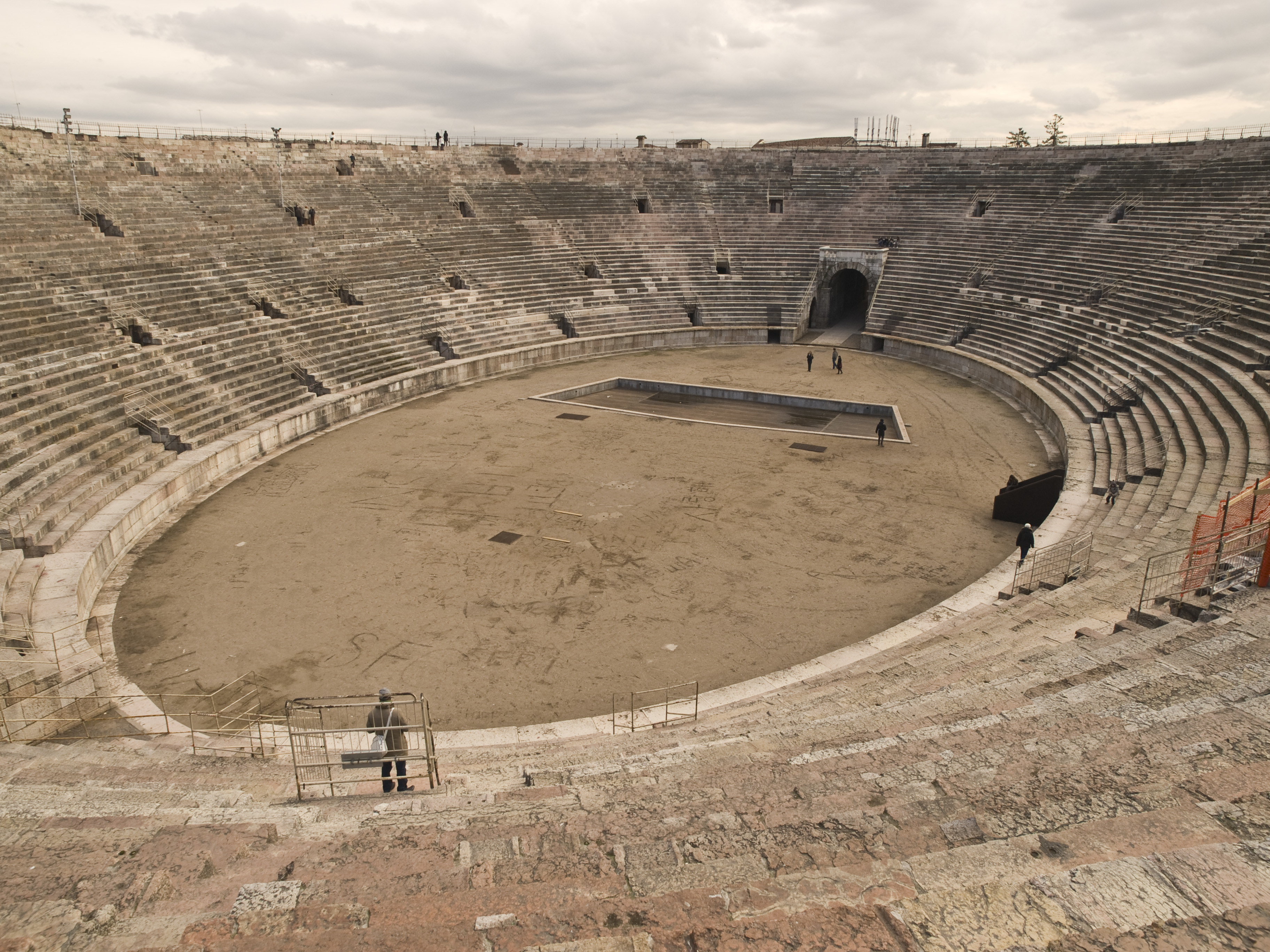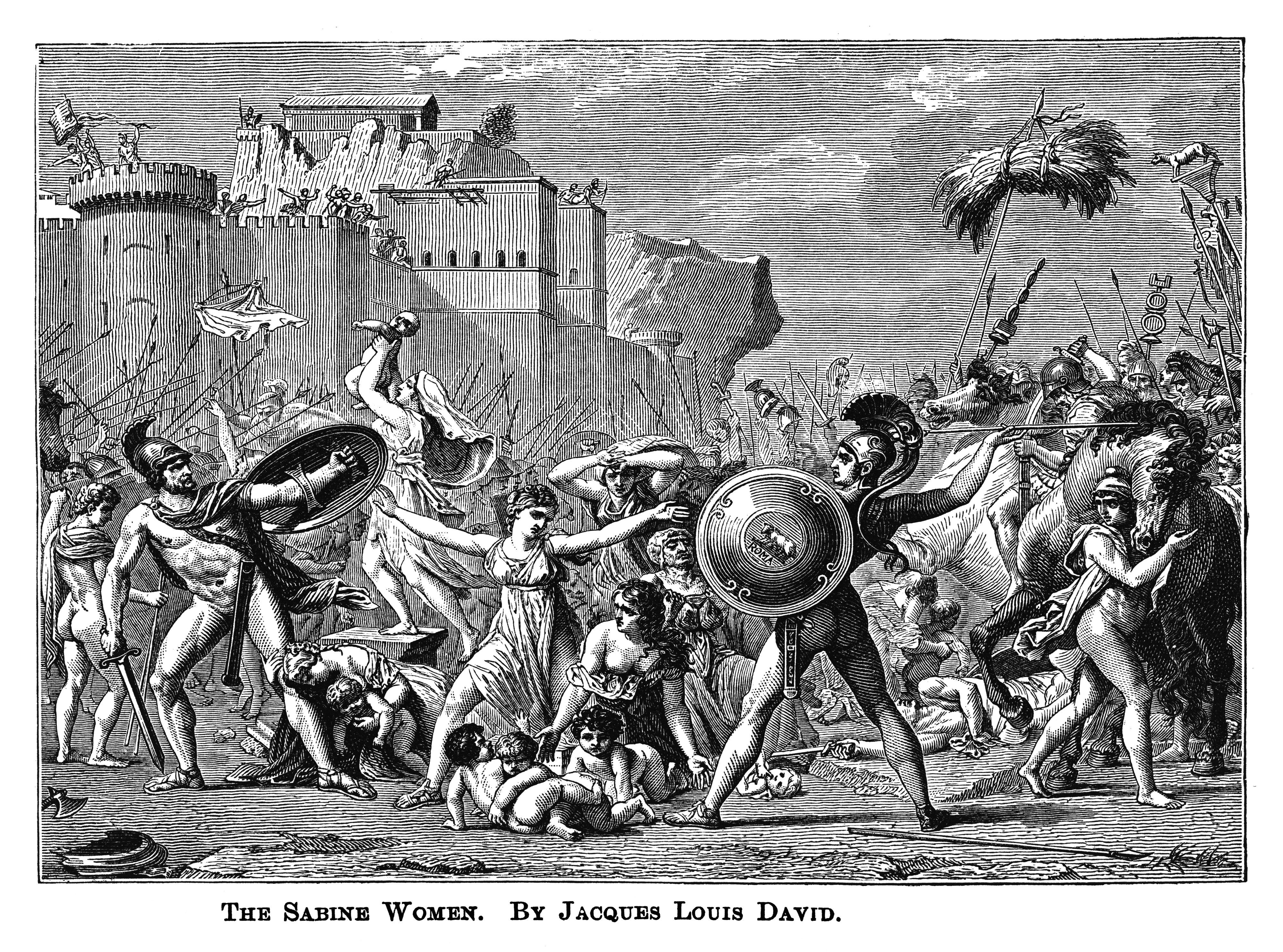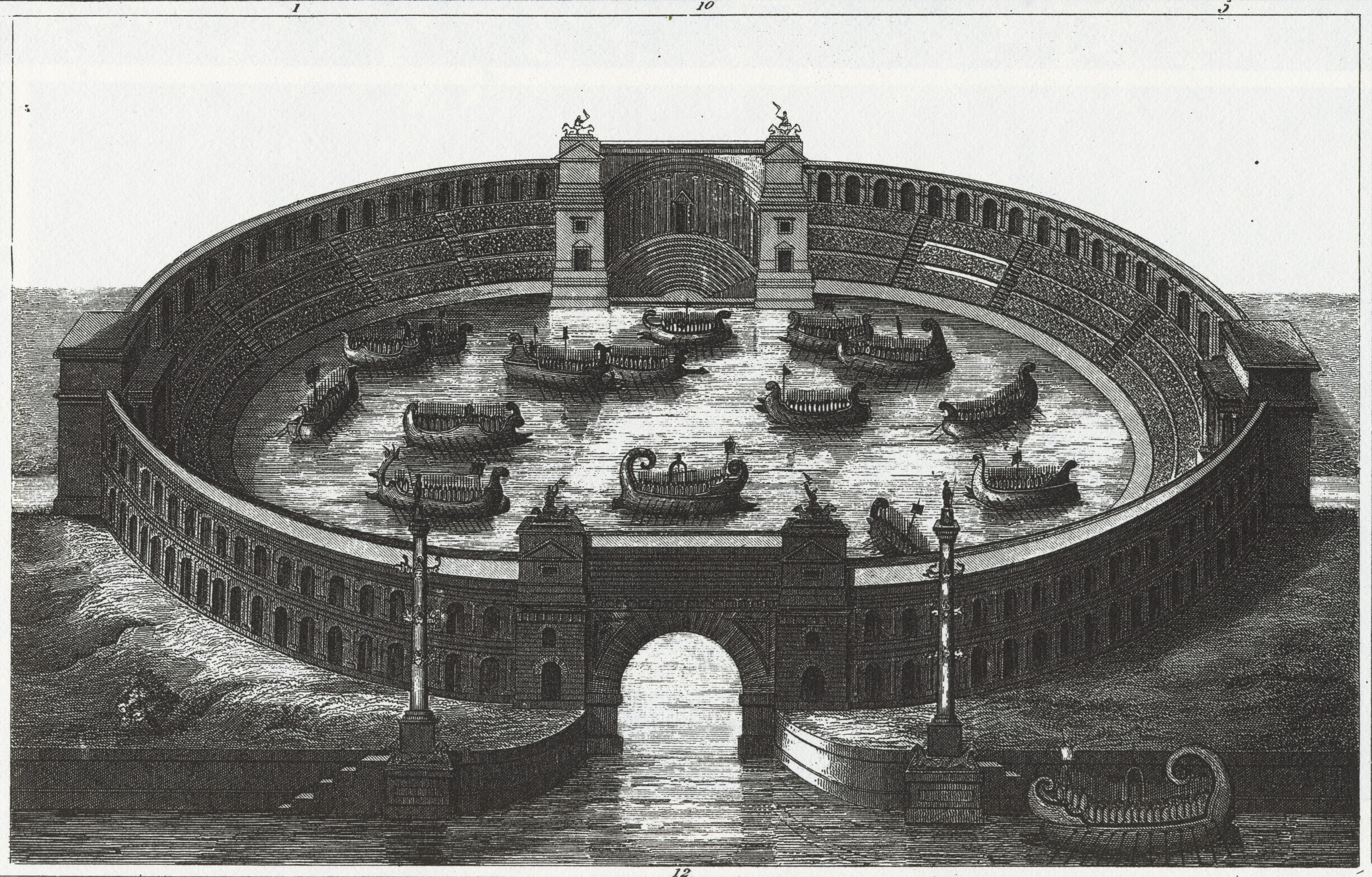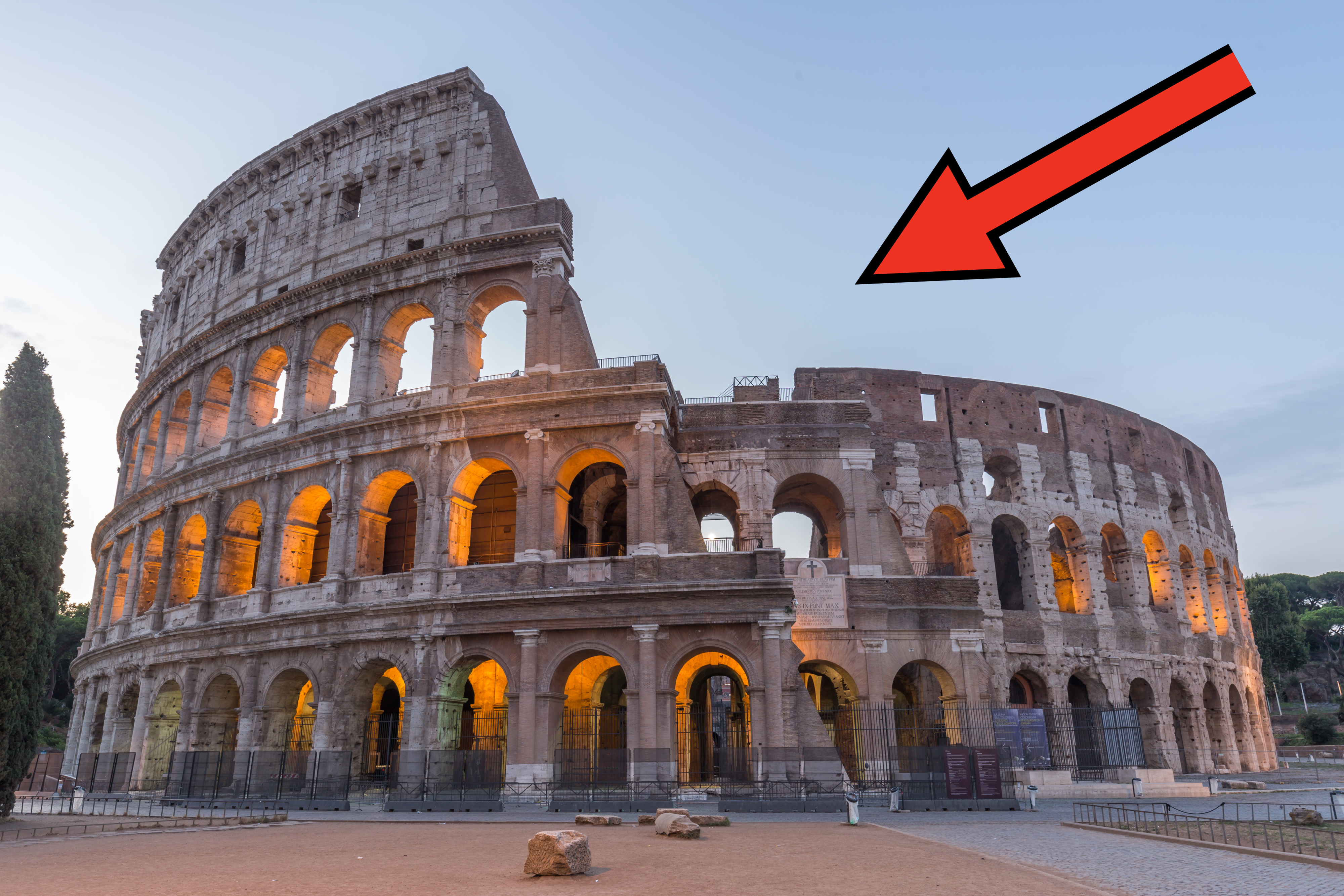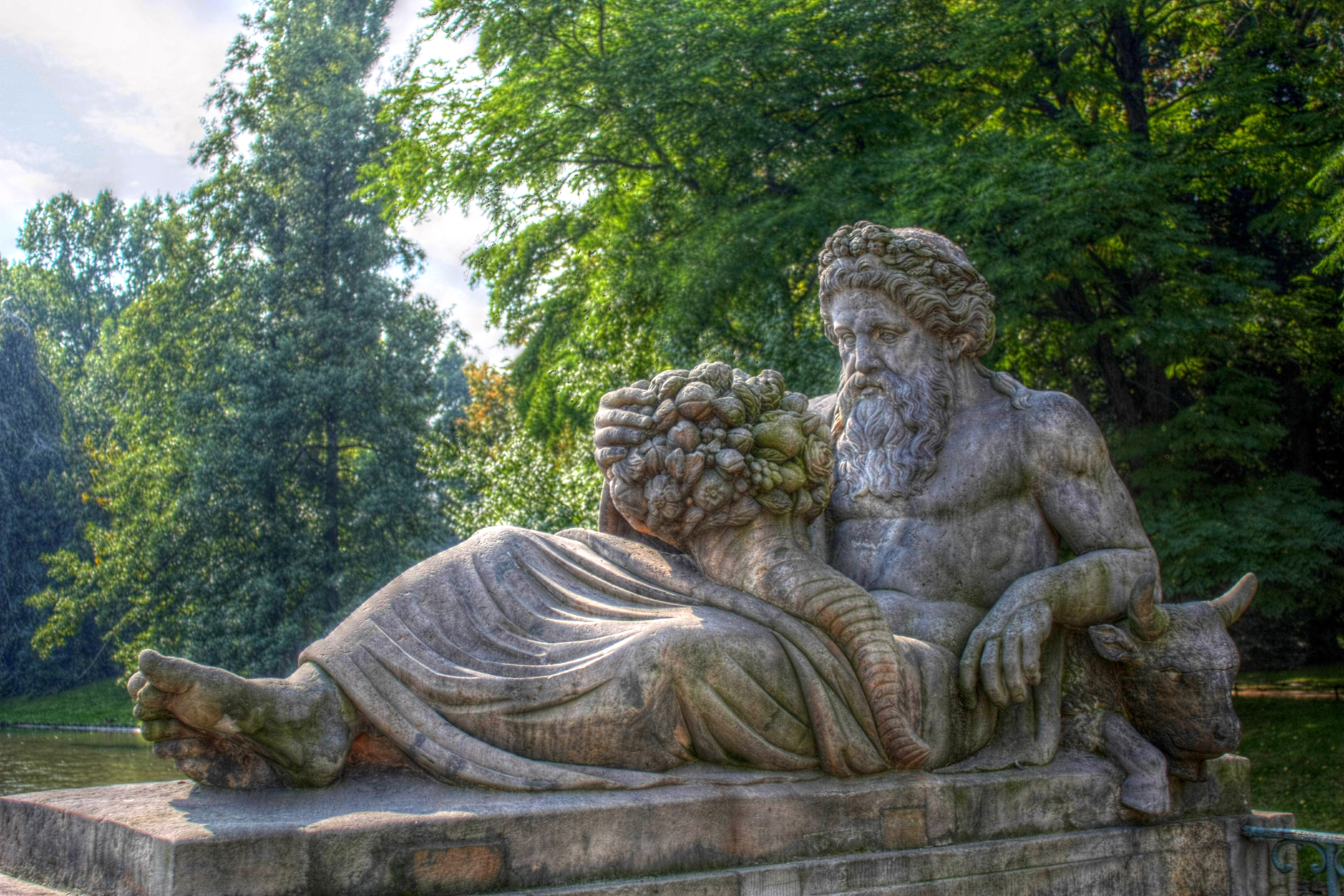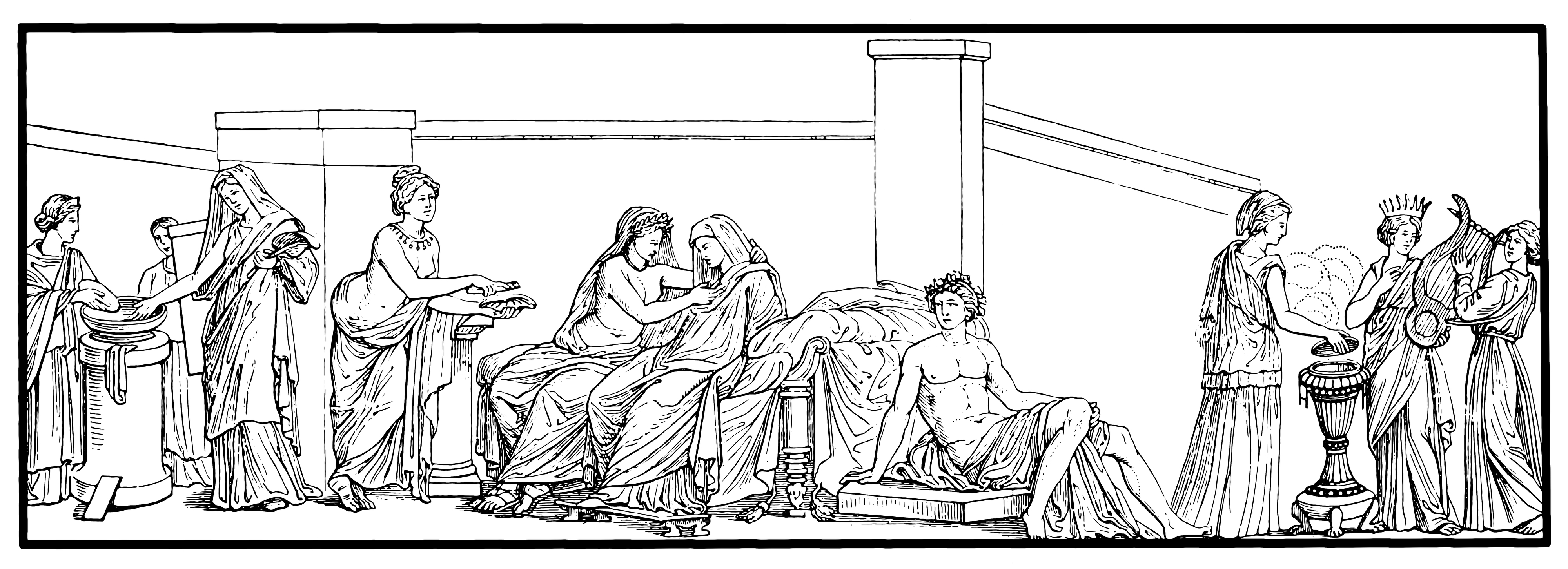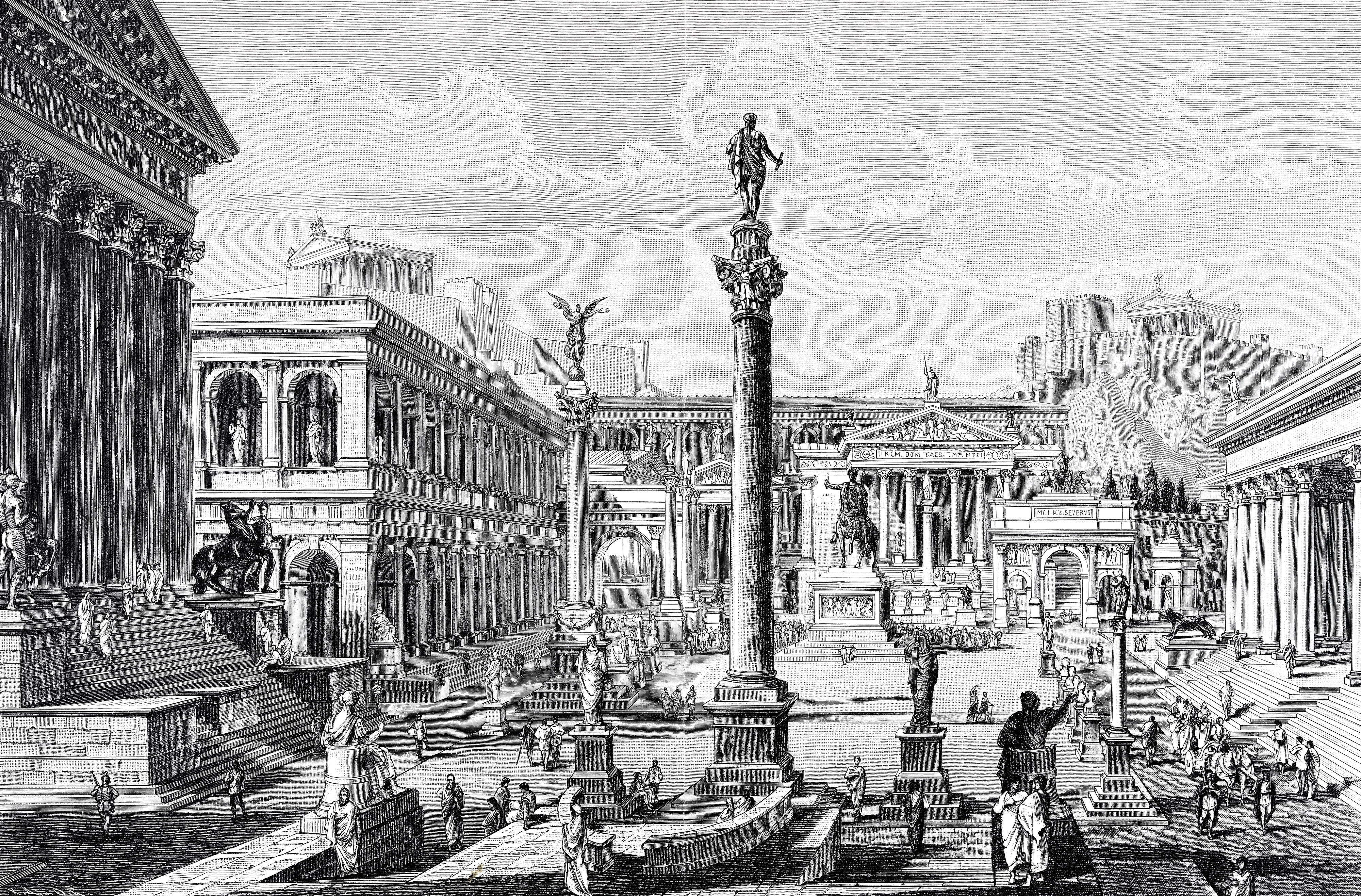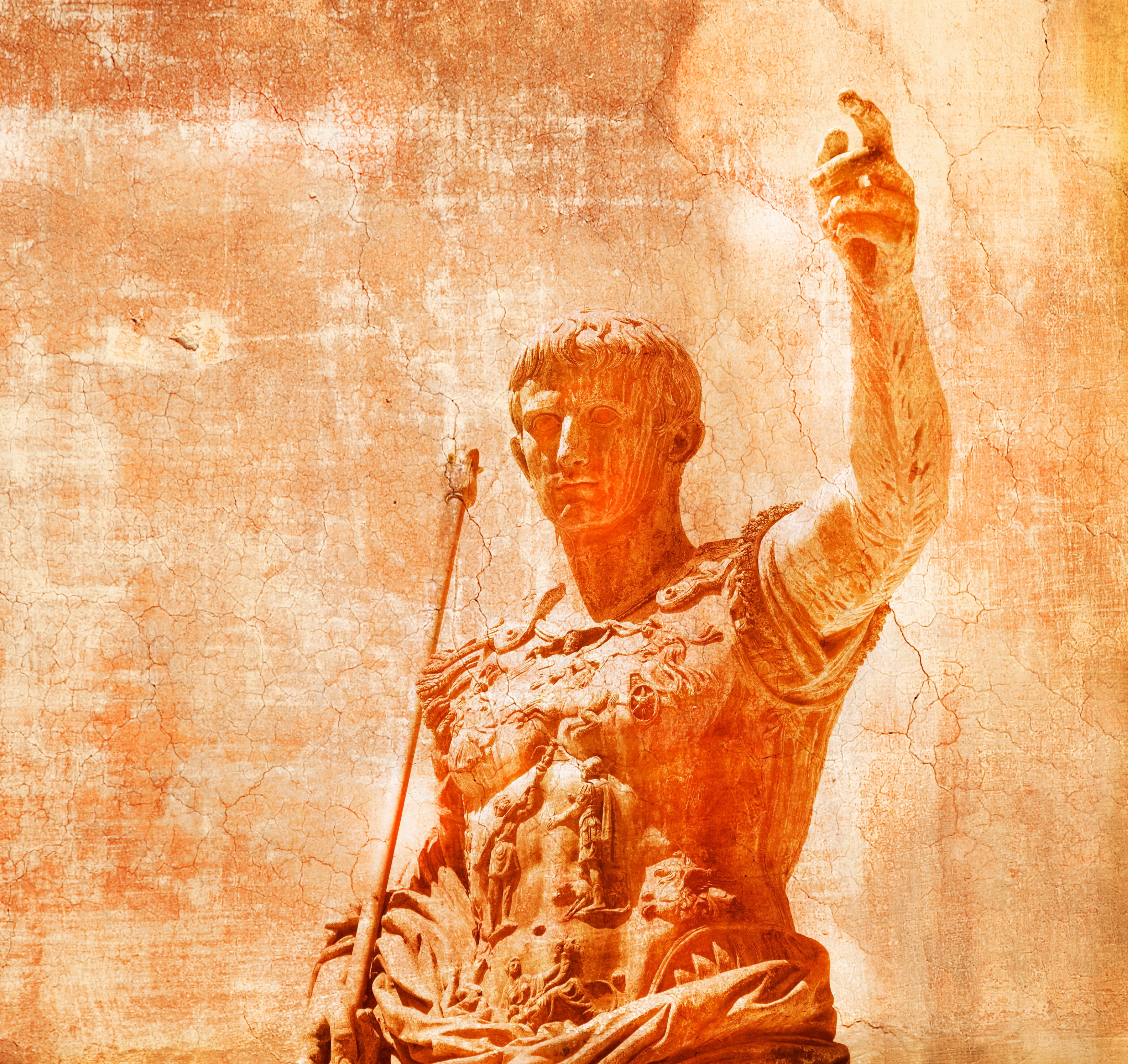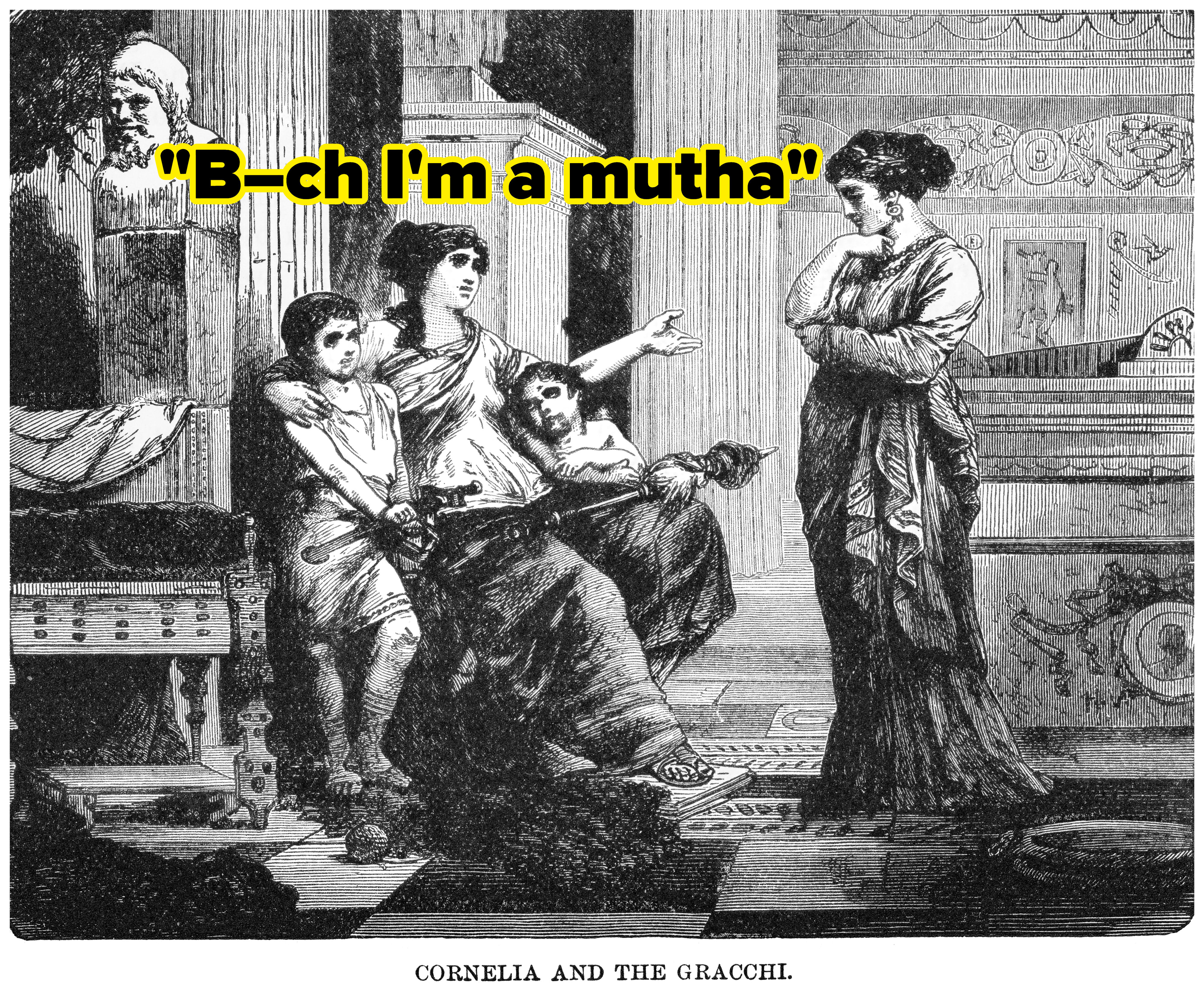Here ’s a fun fact for the next time you ’re thinking about the Roman Empire : To wash their wearing apparel , they used a combining of H2O and urine rather of soap .
Here are 22 facts aboutancient Romethat’ll keep you occupied the next time you’re thinking about it:
1.Rome wasn’t built in a day. Like any epic, the city boastsdramatic origins, starting when the king of Alba Longa, Amulius, grew paranoid and defended his claim of the throne by killing his brother’s sons and exiling his daughter, Rhea, who would go on to have a pair of twins through divine intervention.
Amulius regard the twins , Romulus and Remus , as a terror as well , and so he killed their female parent and abandon the babes in the Tiber river . However , the fates seemed to be on the twins ' side , because a she - wolf relieve and resurrect them before a sheepherder afterward assume them .
accord to thelegend , Romulus and Remus would go on to establish the urban center of Rome on the very river they were entrust to give out in . However , a gaiter over the metropolis ’s borders would lead Romulus to stamp out Remus , name the city after himself ( Rome ) , and then , ruling alone , Romulus originate Rome ’s population by abducting charwoman from the nearby tribe Sabine .
2.According toNational Geographic, the legend of Rome’s origins is likely untrue and a bit dramatized. (I mean, the she-wolf part is super dope, but come on.) In actuality, it appears as though the first Romans were shepherds and farmers who lived in huts located on Palatine Hill, which still stands in Rome today.
The Sabines are gestate to have arrive afterward , after they became internally divided and group resettled with the Romans .
3.Remember Romulus and Remus' mother Rhea? Well, according tolegend, she served as a Vestal Virgin before her death. If you don’t know, Vestal Virgins were real roles in Rome. Chosen between ages six and 10 from Rome’s most prominent families, young girls were designated to serve life-long terms as virgin priestesses to the goddess Vesta. Most important among their duties was watching over the flame of Vesta — a fire burning in a temple located in the city.
The flamesymbolizednot only the goddess Vesta , but also the status of Rome itself . If the flak were to ever burn out , Romans saw this as a star sign that the city could be in danger . So , in these inevitable type , the Vestal Virgins were penalise harshly — sometimes by being bury alive .
4.Similar to Vesta, the Romans worshipped many gods and goddesses who were largelymodeled after Greek godsdue to their close proximity, National Geographic says. Most prominent among the Roman gods was Jupiter, the god of all gods who is thought to have been inspired by theGreek godZeus.
5.Other notable gods believed to have been modeled after the Greeks include Venus, the goddess of love and beauty (aka Aphrodite)…
6….and Pluto, god of death and ruler of the Roman underworld (aka Hades).
7.Outside of temples for gods and goddesses, one of the most famous architectural wonders in Rome is the Colosseum. According tothecolosseum.org, the Colosseum was originally built by Emperor Vespasian — kind of serving as an apology gift to the people of Rome for all they endured under the previous Emperor, Nero.
Emperor Nero is famed for being a tyrant . He was previously believe to have kill several womanhood close to him , admit his female parent — who was sometimes his devotee — as well as his adopted step - babe , who was also his married woman , and his second married woman .
It was even rumored that he burned Rome to the ground so that he ’d have an apology to work up himself a new castle . All of this , according to theNew Yorker , is being reconsidered by historians as new discoveries show he may have been bad , but not all - out immorality .
8.Before we get back to the Colosseum, here’s a little on that whole “Rome burning” part. In 64 C.E., a fire broke out in Circus Maximus arena — famed for chariot races and entertainment. According toNational Geographic, the inferno blazed for six days and ultimately burned down 10 of Rome’s 14 districts. This was the fire blamed on Nero, who in turn blamed it on a “rising cult,” aka Christians.
Today , historians view Rome as a hotbed for fires and say the Great Fire of Rome could have easy been an stroke .
9.Alrighty, back to the Colosseum! When most think of the Colosseum, their mind goes to its intended purpose: hosting a myriad of “entertainment” in the form of gladiator battles, staged naval battles, and hunts.
10.Seating between 50,000 to 80,000 people, spectators flocked to the Colosseum to watch gladiators fight in what many today believed to be gruesome free-for-alls. However, according to the History Channel, they weren’t as overtly chaotic as you’d think.Gladiators were often organized by weight class, experience, and fighting style.
11.And, battles between gladiators weren’t always to the death. Sometimes referees would step in if someone was seriously injured and, in rare cases, both gladiators were allowed to leave if they both showed extraordinary valiance. Other times, the final fate of a defeated but living gladiator was left up to the crowd and emperor. Sadly,most gladiators lived only until their mid-20s.
12.One of the most famous depictions of gladiators in the present day is Ridley Scott’s 2000Gladiatormovie, in which the emperor’s son Commodus (played byJoaquin Phoenix), seeks revenge after his father chooses a celebrated general, Maximus (played by Russell Crowe), to succeed him on the throne. The movie certainly dramatizes the life of Commodus, a real emperor, but it gets one thing particularly right — Commodus did indeed have a passion for gladiators but, similar to his fight with Maximus in the film, he didn’t play fair.
According to theHistory Channel , Commodus fought against men who had lost their metrical foot or offer them sponges instead of rock as weapons .
13.And though it was rare,women were gladiators, too.(If you’re a director, please, please, please make this into a movie!)
14.Earlier I mentioned that the Colosseum was also used to house staged naval fights, and if you’re wondering how that worked, well,researchshows that they basically flooded the arena with five to seven feet of water during the inaugural games.
Most participants are thought to have been prisoners already condemned to death .
15.The Colosseum, which seesmillions of visitors a year,is recognizable to many — especially because it’s missing a chunk. Around the fifth century CE, the already deteriorating structure was further damaged byearthquakes that are believed to have crumbled its wall.
16.Moving away from the Colosseum, let’s get into what life was like for Romans. For one, Alberto Jori, a professor of ancient philosophy at the University of Ferrara in Italy said that if you were invited to a dinner party,wealthy Romans ate while lying horizontally on a chaise.This was believed to help aid digestion and reduce bloating.
17.Whilerecipes for soap can be found dating back to ancient Rome, our understanding of its importance has evolved since then, so Romans didn’t exactly emphasize its use. Instead, researchers at the University of Chicago say Romans used to mix water and urine to wash their clothes.
And , perhaps more shockingly , laundry doer care to boast large collections of urine by setting large vessels on the street for people to pee into and fill up .
18.Though Rome started off with kings holding the reigns, ittransformed into a republic in 509 B.C.E.Early on, prominent, wealthy families made up those represented by the established senate, and the interests of the upper class were upheld. However, after lower-class citizens protested — many of whom were Roman soldiers — the senate expanded government to include other assemblies that could draft laws for them to implement.
19.It is said that thefounding fathers of the United States were inspired by ancient Rome’s republic, but our government structure is not the only similarity we have with the past. In fact, back in the Roman days, marriages were also sealed with a kiss.
fit in toPBS , a stately ceremony was held between the families of couples intending to marry . At the ceremony , known as a betrothal , the cost of the Saint Bridget ’s dowry would be concord on , the term contractually written , signed , and seal with a buss between the grass parakeet .
20.Sounds easy? So was divorce. Unlike today, where divorce proceedings can sometimes span over a year,ancient Roman couples just had to announce they wanted to separate in front of a group of seven witnesses and it was done.
21.But to be clear, this is not to insinuate that men and women who were married had equal standing in their relationship. As you might imagine, ancient Rome was quite patriarchal. Men had absolute power over the household and owned whatever property they lived on, PBSreports.
22.Women managed the household’s day-to-day but were able to gain larger senses of freedom through childrearing. How? Well, according toPBS, about half of Rome’s children died before they reached the age of 10, and 1 in 4 babies didn’t make it past their first year. So, mothers who had at least three living children were recognized by the government as “legally independent.”
What’s your favorite fact about ancient Rome? There’s so much we didn’t even get a chance to touch on. I mean Julius Cesear? Brutus? Cleopatra? Next time!

